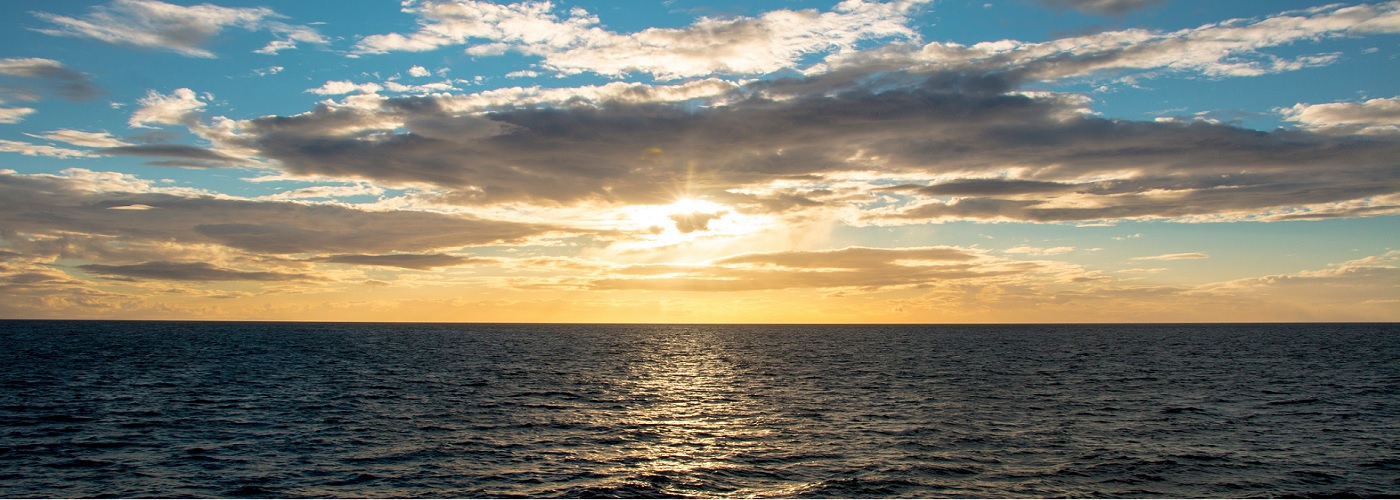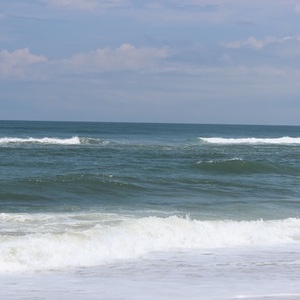

The depths of the ocean are still some of the least explored areas in the world today. In fact, less than 5 percent of the ocean floor has been mapped. Back in the 1800s, the amount of information known of the ocean was especially lacking. In 1872, Great Britain set off to unearth some of the mysteries of the ocean. In late December of that year, a repurposed warship called the HMS Challenger set out on a three and a half year expedition to study the world’s oceans. During the 68,000 nautical mile journey, many new organisms were discovered, as well as ocean currents. Along their journey, the depths of the ocean floor were frequently measured. In a stroke of luck, they happened to sail over the deepest part of the ocean during the expedition.
Among the numerous supplies that were carried on the expedition was 181 miles of Italian hemp rope. Every few days, this rope was fitted with a weighted net that allowed it to drop to the sea floor. Each time the rope was let out, a measurement of the current ocean depth was logged. The average depth of the ocean is just over 12,000 feet, so you can imagine the time consumption brought on by this process. During a point of their journey in the Pacific, they encountered an area where they ran out of their normal length of rope that was used for each measurement. Eventually, they were able to log an ocean depth of nearly 27,000 feet. They unknowingly were sailing over the deepest part of the ocean that is found in the Mariana Trench.
The Mariana Trench, located in the western Pacific, is 1,500 miles long and 44 miles wide. Technological advancements in sonar later allowed scientists to map the depths along this massive trench. In 2009, sonar mapping conducted by a research team from the University of Hawaii, measured a maximum depth along the trench of nearly 36,000 feet. The pressure that is felt at this depth is a whopping eight tons per square inch!
Today, the ocean's deepest point is often referred to as "The Challenger Deep,” as this area was first discovered by the Challenger expedition of 1872.
Click here for a view of where the HMS Challenger sailed during the 1870s expedition.
